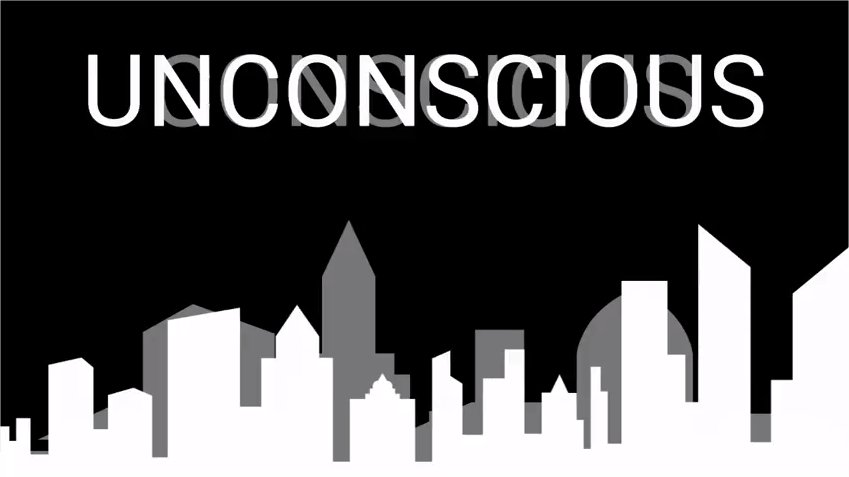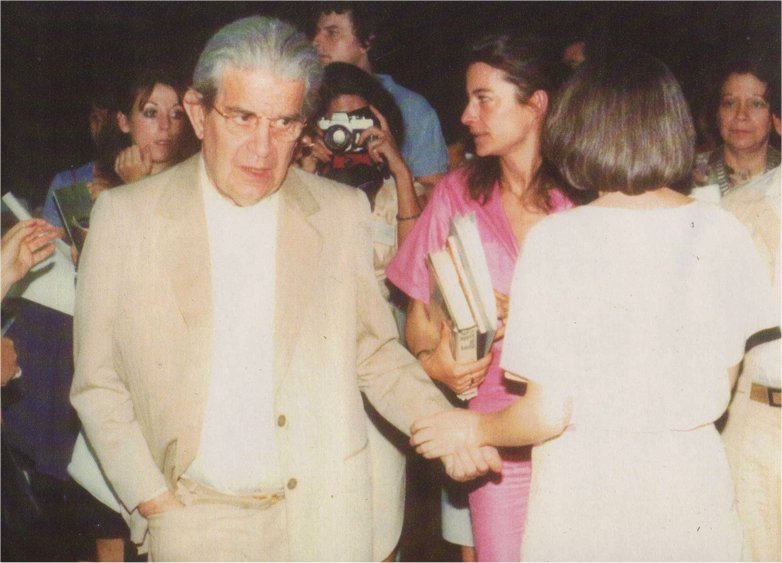Amuse-Bouches III – The Obsessional Subjunctive
It is often said that psychoanalysts should look at structure, not surface symptoms, in order to make a clinical diagnosis. There are two problems with this. First, the definition of a particular structure has to be rigorous enough to recognise it when you see it. The question is: what characterises this structure, and is particular […]
Continue Reading








